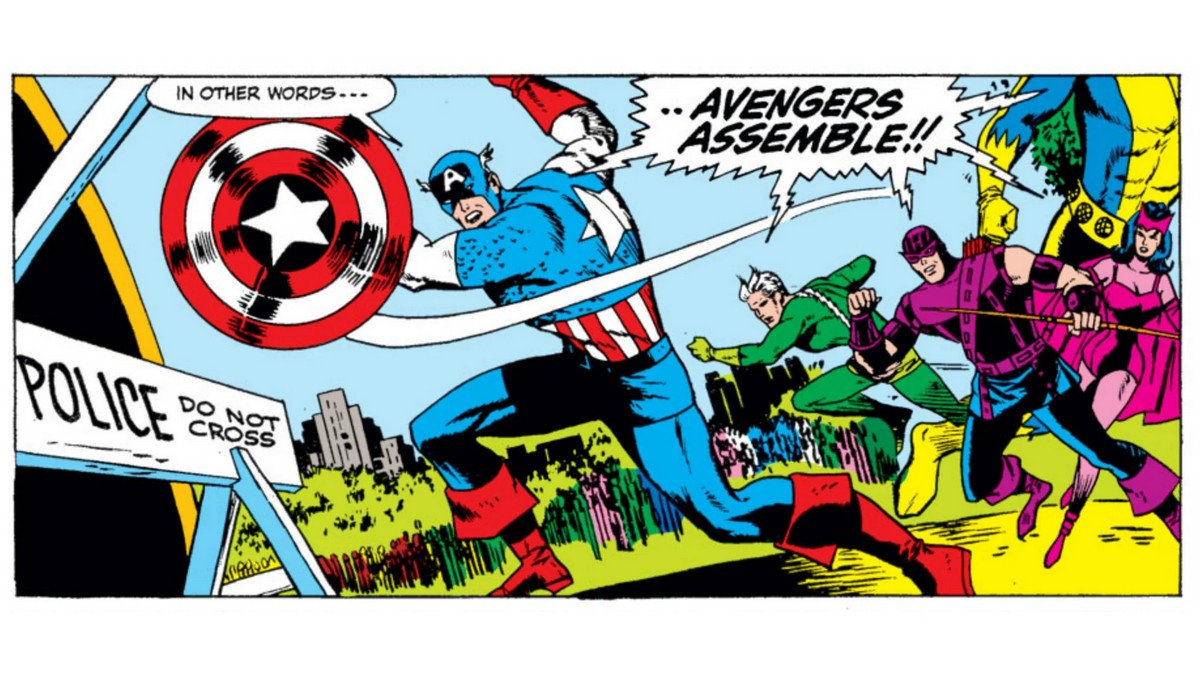The Irrefutable Effect Of Silver Age Comics and The Debt We Owe Them

Call it what you will, strange, outlandish, entertaining, ridiculous, or childish, Silver Age comics are some of the most important comics in the history of the medium. It launched some of the most well-known characters, created timeless hero/villain dynamics, and breathed life into a childhood pastime. The Silver Age is a period of time that comic readers all over the world owe a debt of gratitude.
Just before Silver Age Comics changed the world, the industry wasn’t doing too well. It had begun to suffer a decline in sales, children who once read the books weren’t reading them, and superheroes were dying quicker than they do in the comics. The cause of the superhero decline can’t be placed on any one thing. Instead, it can be placed on a combination of many things.
The conclusion of the Second World War saw the end to many of the villains that the heroes fought. No longer could Captain America defeat Hitler because, well, he already had. With no real life villains for the heroes to defeat, children began to lose interest. Due to this, comic companies began to publis other types of books.
- Westerns
- Sci-fi
- Romance
- Horror
- Mystery
And they quickly outsold superhero books.
Tough times ahead
This introduction of other types of books wasn’t without consequence, however. Due to the other graphic nature of the books, authority figures began to take notice. Of them, none were more important than Fredric Wertham.
Wertham has gone down as the most influential figure, albeit for the wrong reasons, in comic history. His book, Seduction of the Innocent, created a change that could never have been predicted. The book claimed that comic books were responsible for juvenile delinquency, exposed children to sexual situations, gave them a blueprint for committing crimes, among other things.
Seduction of the Innocent forced change to the industry that lasted decades. As a result, Comic Book companies came together and formed the Comics Code Authority, a governing body that approved the material within every comic published. No longer could comic books depict violence, gore, use swears, or place characters in sexualized roles. Seduction of the Innocent kicked the legs out from an industry that barely had legs to stand on.
I will say that Wertham’s book, for all the bad it did, did one good thing.
As a result of the Comics Code Authority that publishers had to adhere to, comic companies turned to the past.
The beginning
In the mid-1950s DC brought back some of their most important characters from the Golden Age and gave them updated origins, costumes, and even powers. Initially just a trial run, the books generated unprecedented interest. The floodgates were opening and superheroes were making a comeback. By the late 1950s other comic books companies were joining the revolution. For the first time in a long time, superheroes were becoming popular. As much as Superheroes were gaining traction, it wasn’t until Marvel joined the fold that they really began to take-off.
In 1961, a young Stan Lee was told by his boss at Marvel to go out and create something to rival what DC was doing. With the instruction to model the Justice League, Stan Lee got to work.
The Fantastic Four debuted in November of 1961 and set off a chain reaction that is still heard today. The book, which includes Marvel’s first superhero family, instantly changed how superheroes were viewed. The Fantastic Four separated Marvel as a company willing to inject “life” into their characters. While most superheroes of the Golden Age and Early Silver Age simply fought enemies and lived out their lives, Marvel’s superheroes were much more. Yes, their characters did fight villains, however, they also fought themselves. Lee ingeniously made his characters have the same problems that his readers had. In the case of the Fantastic Four, they were a family and argued like a family. Reed and Sue were married. Johnny was Sue’s brother. And Ben Grimm was Reed’s best friend, who, as a result of his transformation into The Thing, had to deal with being different.
Not without challenge
This new way of creating heroes didn’t mean that Silver Age comics were a perfect reflection of the real world. Remember, the Comics Code Authority heavily influenced comics and the reflection wouldn’t happen until the Bronze Age. Due to this, comics discussing real-world political problems, leadership, and anything that raised questions about the state of the world just didn’t happen. What it did mean was that
Yes, the stories were still ridiculous but as Bob Dylan said, “Times, they are a-changin.”
Superheroes and villains for that matter gained and lost their powers more often than people change their socks. This phenomenon caused the creators to really dig in and find good reasons for the sudden changes. Of course, good reasons rarely happened and more often than not, just weren’t given. Instead, in the place of good reasons stood illogical logic. Say, for example, Superman needed to be able to melt a block of ice. The writers, with no background about it, would have him be instantly able to melt objects with his eyes or mind. As important as the introduction of superpowers were, in the Silver Age they often appeared as the stories needed them.
This isn’t to suggest that the reasons were without merit. What it suggests is that rather than a by-product of experimentation, science, radioactivity, or the like, after the superhero was born and their initial powers were set, creators had free reign to do whatever best told their story. Often, this came at the expense of serious tones and believability.
And that was ok. The Silver Age was the Silver Age.
Characters
As Silver Age comics continued to roll out, so too did the glut of characters they introduced.
- Spider-Man
- Elongated Man
- X-Men
- Doom Patrol
- Black Panther
- Zatanna
- Daredevil
- Batgirl
The big two comic companies (DC and Marvel) spent many of the Silver Age years trying to outdo one another. If DC brought out Red Tornado, Marvel would bring out Vision. If Marvel brought the world Scarlet Witch, DC gave us Zatanna. And if DC created the Doom Patrol, Marvel created the X-Men. While the real world raced to land on the moon, comics raced to give us the next big character(s). Companies didn’t care that each took, borrowed or stole ideas from one another. This was a dog eat dog world and only the strongest survived.
End of the Silver Age
Depending on whom you ask, the Silver Age has many points where it concluded. Some see Amazing Spider-Man #121 as the definitive point, while other mark it as just before the release of Green Lantern #76. I’d argue, however, that the foundation was laid long before that.
Coming into the 1970s, what was socially acceptable in the world had begun to change. Morals, values, and the way the world viewed things was different than that of the 1960s. Sexual exploration, political views, and the willingness to talk about matters that mattered were becoming the norm. During the final few years of the Silver Age, comic books started to step away from the overtly silly stories that defined the era. Replacing them were stories that were littered with dark undertones. These undertones became a defining feature of what would become the Bronze Age. Yes, the heroes and villains were growing up.
If you ask me, I’d tell you that Amazing Spider-Man #121 signaled the end of the Silver Age. Characters had come and characters had gone. Some had died and never returned. What makes Amazing Spider-Man #121 so special and the reason I believe it to be the end of the Silver Age, is that it marked the first time an important character was killed off. But it wasn’t just that. Amazing Spider-Man #121 marked the first time that a character died so graphically.
Snap.
The most famous snap in comic history. With the snap of Gwen Stacey’s neck, Silver Age comics, like Gwen, had died.
Silver Age comics
The importance of
Cheers,
Joel

